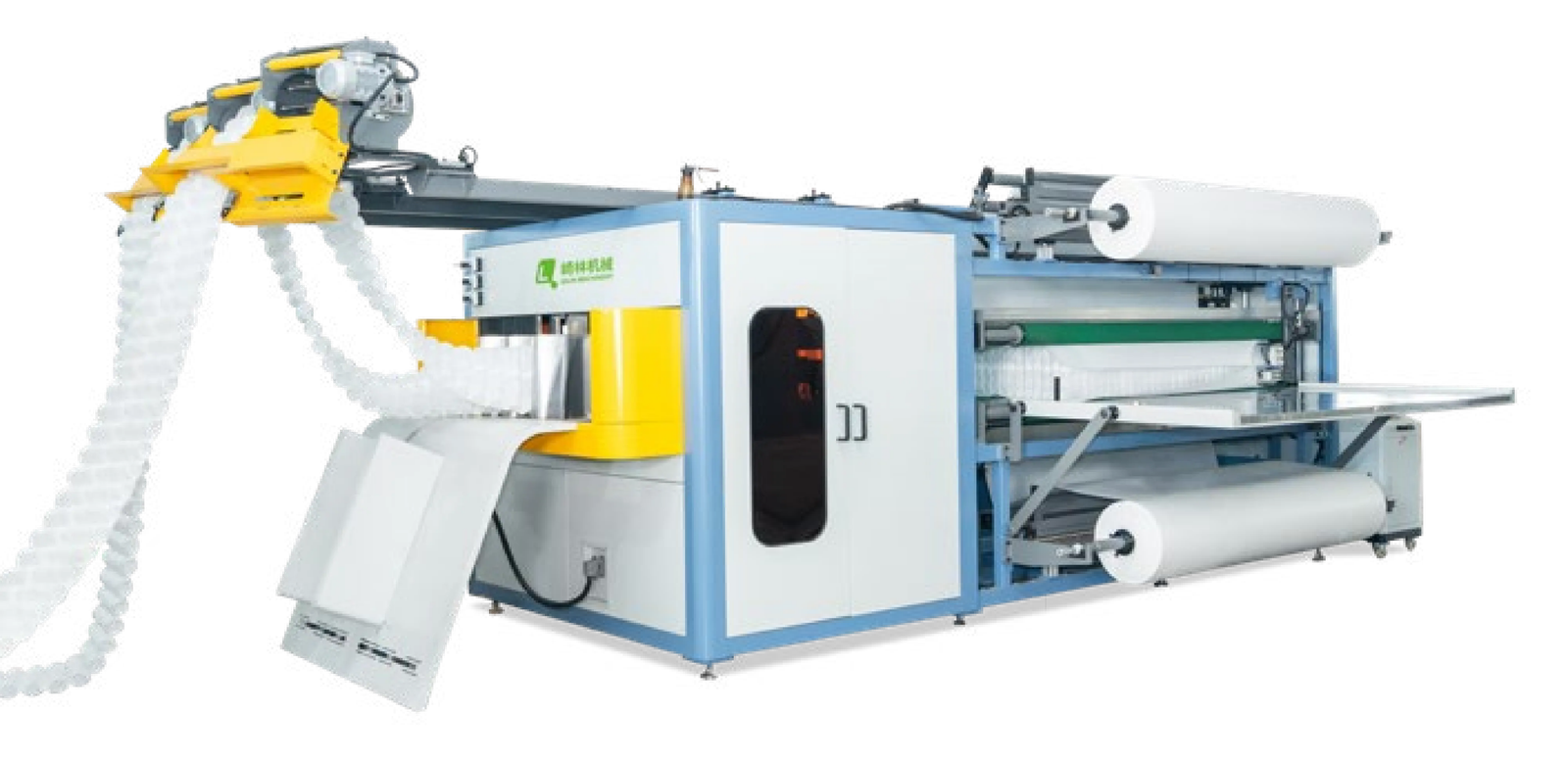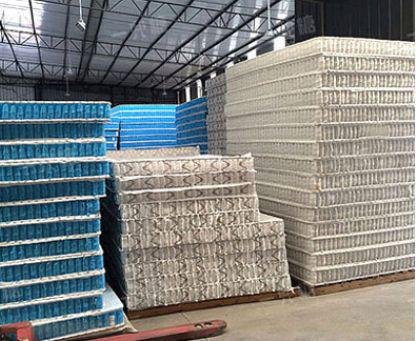
Buying the wrong mattress spring machine could slow your production, increase costs, or limit your product range.
To buy the right mattress spring machine, consider output speed, spring type compatibility, automation level, material adaptability, maintenance needs, and after-sales support.
As someone helping factories choose machines across Southeast Asia, I’ve learned that price is only one part of the equation.
Let’s break down what really matters.
How Much Output Capacity Do You Need?

If your factory targets mass production, then capacity should be at the top of your checklist.
A high-speed pocket spring machine should produce 100–150 coils per minute per line.
Machines that can’t match your demand will create bottlenecks and delayed shipments.
| Production Scale | Suggested Coil Speed |
|---|---|
| Small workshop | 60–80 coils/min |
| Medium factory | 100–120 coils/min |
| High-volume export | 130–160 coils/min (double line) |
Choose a machine that grows with your orders, not one you’ll outgrow in a year.
Can It Produce the Spring Types You Need?
Spring structure = mattress comfort level.
Common types include:
- Bonnell Springs: Affordable and firm
- Pocket Springs: Independent coils = no partner disturbance
- Continuous Coils: Durable, for commercial-grade mattresses
Make sure your machine is compatible with the exact type your market demands.
Some factories even invest in hybrid-capable machines, which switch between Bonnell and pocket spring formats for flexibility.
How Advanced Is the Automation System?
Old-school machines rely on heavy manual adjustments.
Modern machines should feature:
- PLC touchscreen controls
- Auto wire feeding and tension adjustment
- Coil counting and length control
- Automatic lubrication
These features reduce labor needs, speed up production, and ensure each mattress has uniform support.
Ask your supplier for a demo video of the operation panel. You want your operators working smart—not guessing settings.
Is It Compatible with Various Wire Types?
The best machines are wire-flexible.
Wire size affects:
- Spring strength
- Bounce and tension
- Final mattress feel
Your machine should support:
- Wire diameters from 1.6mm to 2.2mm
- Tensile strength up to 2000 MPa
- Zinc or copper-coated wire (to reduce rust and friction)
Choosing a flexible machine lets you tailor mattress feel per order without needing separate lines.
How Precise and Consistent Is the Coil Output?
Coils must be identical for mattresses to feel balanced.
Look for features like:
- Servo motors for coiling accuracy
- Real-time spring height detection
- Auto rejection for off-spec coils
Our machines auto-correct spring height with +/- 0.1mm precision. This eliminates poor-quality batches before they reach your assembly line.
Better springs = fewer returns = happier customers.
Is Maintenance Easy or a Nightmare?
Downtime is a profit killer.
A good machine should have:
- Modular parts for fast replacement
- Diagnostic systems (alerts for wear or errors)
- Lubrication points that are easy to access
Ask: “Can one technician service this machine alone?”
And always confirm whether the supplier stocks spare parts locally.
Is the Energy Use Reasonable?
High-speed machines draw power—but they shouldn’t burn money.
Modern models include:
- Sleep mode when idle
- Servo drives = less waste heat
- Energy-efficient heaters (for gluing systems)
Over a year, this can shave 10–15% off your power bill.
That’s real money back into your pocket.
What Safety Features Are Built In?
Worker safety isn’t optional—it’s essential.
Key features include:
- 🔴 Emergency stop switches
- 🛡️ Safety guards around moving parts
- ⚠️ Alarm lights for errors or misfeeds
- 📜 CE/ISO safety compliance
Protecting workers reduces legal risks and shows you run a professional operation.
Does the Manufacturer Offer Good Support?
Good machines are half of the story. Good support is the other half.
Ask your supplier:
- 🛠️ Do they offer free operator training?
- 🔧 How fast is local service response time?
- 🧰 Do they offer upgrade kits or firmware updates?
For example, we help our clients in Viet
